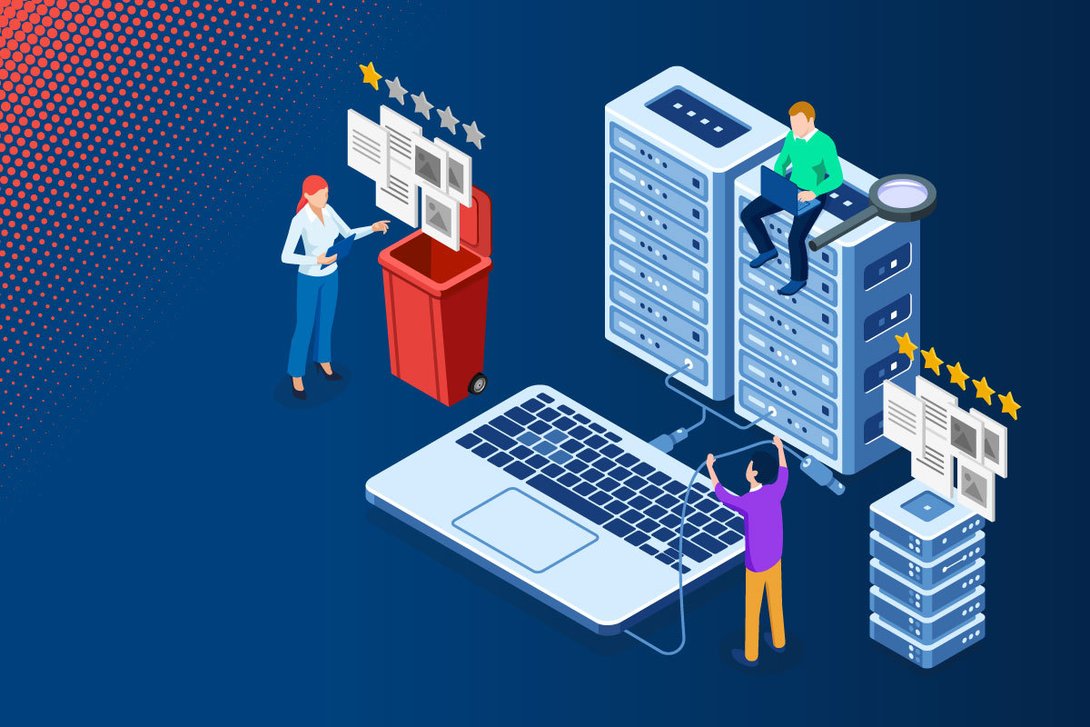Say Goodbye to 1001 Sources - Single Source in Technical Documentation
Single source is a buzz-phrase that we hear time and time again in technical writing. Its meaning seems pretty obvious at first: everything should come from one source. But if you look at the term more closely, you discover some surprising things.

Single source and layout
To begin with, single source does actually mean that all content should come from a single source. It sounds trivial, but in practice it is not that easy. For example, if we want to produce a manual as a DIN A4 and a DIN A5 publication, we can run into difficulties if it says “see page 25” in one of the documents. This is because the content is unlikely to be on the same page in both documents.
This phenomenon produces ever wider repercussions, and much of what we considered to be content in the traditional sense, suddenly becomes variable: tables of contents, footnotes, headers, numberings of illustrations, indices - in fact, even the cover page is not content, and looks completely different depending on the design. Not even the terms that we use in texts are always suitable in the context of single source: “chapter”, “introduction”, and “page” all make little sense if the need is to produce a web page or document app from the single source pool.
Single source and modularization
Single source does not just mean that content with a different design can be created from one source. It also means that we can handle various media from the same source. As a result, certain characteristics of print products need to be avoided (e.g., page numbers) and other characteristics need to be added (e.g., links or tool tips with pictorial descriptions). Reading habits also differ depending on the medium. Whilst readers will often accept very long chunks of printed text, they expect much smaller chunks of text on websites, even smaller on mobile applications, and smaller again with augmented reality.
Single source therefore also means that existing texts cannot simply be transferred into a single source system. They need to be broken down into smaller units, or modularized. These units can then be used in a variety of contexts. The same warning notice is simultaneously part of a procedure, it then appears again as part of the section on safety and, last but not least, it also appears on a sticker on the machine.
Single source and the truth
There is one final aspect to consider with regard to single source. If everything comes from one source, then that source also needs to be ‘fed’. Uncertainties can soon arise if the same information can be supplied from different sources. Which version of the information is the current version? Where has a spelling mistake been corrected and where not? Which information is checked for technical accuracy? Therefore, to avoid uncertainties like these, a “single source of truth” needs to be defined. This is a data repository that stores all content centrally, thus any content status is always clear (e.g., approved, versioned, obsolete). Because without a single source of truth, it is very easy to find yourself in a situation where errors are multiplying. Or to put it another way: single source stands and falls by the quality of the content.
Other articles from Quanos
This might also interest you

„Doku-Lounge“: Auf dem roten Sofa mit Kerstin Berke und Philipp Eng
Moderatorin Kerstin Berke und Marketingspezialist Philipp Eng sind das Duo vor und hinter dem Mikro der „Doku-Lounge“…